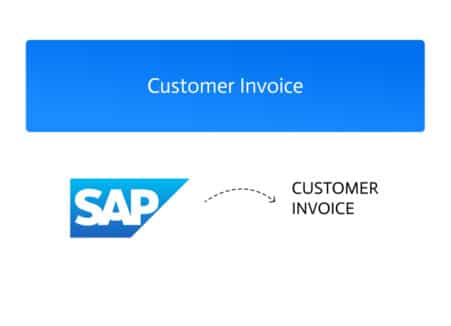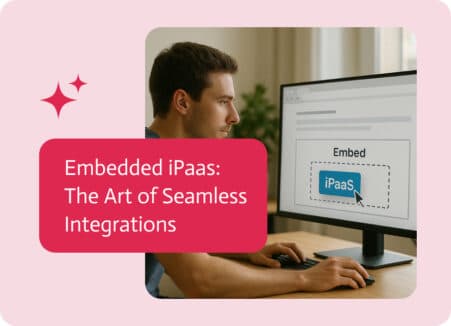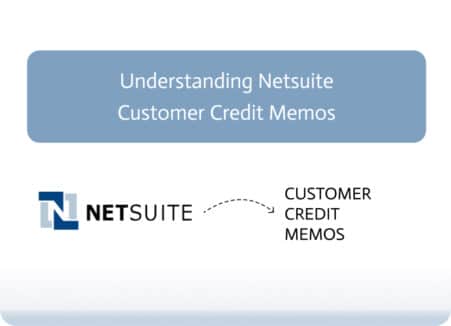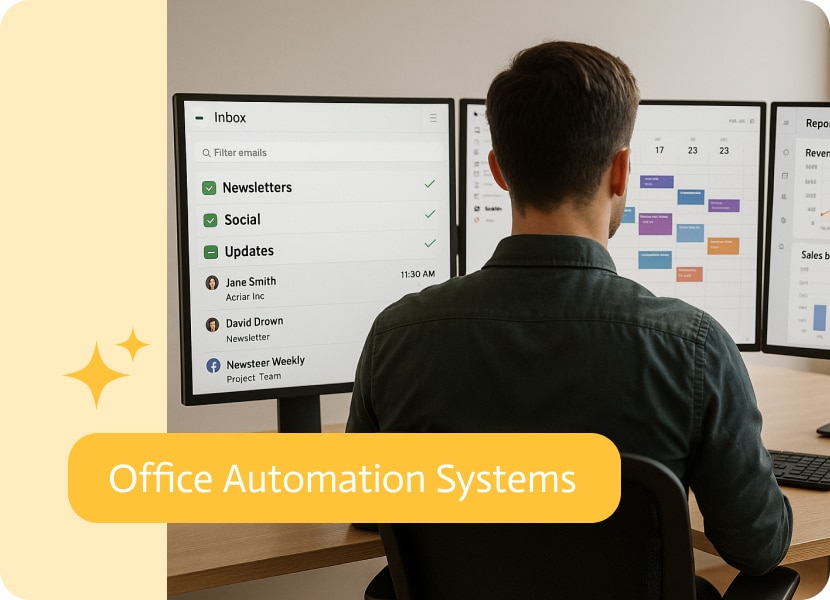
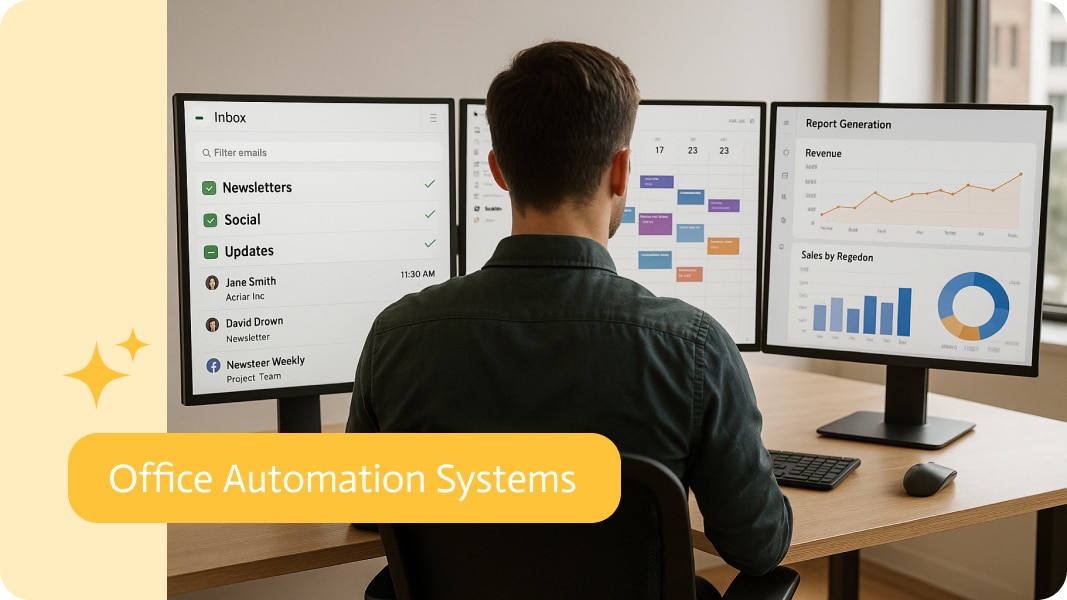
Office Automation Systems
Take a stroll in any modern office, and you will immediately notice a busy calmness in the air: keyboards are busy, Slack notifications are pinging, and Zoom meetings are in full swing. Just under the surface, however, an invisible engine is automating tasks, routing documents, sorting data, and performing myriad other functions invisibly in the background. That engine is referred to as an office automation system.
Without a shadow of a doubt, this Office Automation System, or OAS, as it is more succinctly known, has acted as a catalyst to change business operations in the contemporary world. If you still think of office automation as a printer fax combo from the 90s, then you are in for a surprise.
So, What Exactly Is An Office Automation System?
As the name suggests, OAS is a combination of tools that an organization can use to automate repetitive tasks in the office, such as planning. The tools can be in the shape of software, hardware, or cloud-based services. In a way, the office automation system is closest to a digital employee who is extremely reliable.
Just like a quiet employee, the OAS can streamline, forget, and efficiently manage such a diverse range of tasks like upper email automation, work allocation, and systematic scheduling. With each different section of work being connected by the connection within the OAS, the dependencies on manual changes decrease and the possibility of human error becomes minimal.
A Quick Trip Down Memory Lane
In the past, the workload in an office was famously physical. Want to send a memo? Type it on the typewriter, print out duplicates, and deliver each copy to every desk. Want to schedule a meeting? Place a dozen phone calls. Office automation trickled in with the introduction of word processors and basic spreadsheets and then accelerated with the advent of email, digital filing cabinets, and collaboration tools.
Now fast forward to today. Entire workflows such as onboarding employees, managing client contracts, or any other related tasks can be accomplished without having to touch paper in any form.
Automation Made Simple With Noca AI
Noca AI’s no-code platform uses normal language, so it’s incredibly simple to implement. This means business users who aren’t tech experts can use it. They can set up and handle automation using simple words, which makes integration available to everyone. Noca AI uses AI to automatically handle many of the boring and long tasks, as well as give smart suggestions and automatically find and fix mistakes, so automations are fast and reliable.
The Building Blocks of Modern Office Automation
Today’s systems of office automation are not centered around a single tool. They’re comprised of multiple connected layers. Here’s what makes up a modern set up:
1. Information Management System, or Banking Databases
Every business runs on data, such as contracts, reports, records of employees, and even clients. However, raw data is nothing more than data if it isn’t organized, searchable, and secure.
New OAS technology facilitates:
- Storage in the cloud is secure (Google Drive, Dropbox, SharePoint)
- Tagging and scanning of files is streamlined for retrieval
- Backup, data recovery, and disaster recovery
- Cross-team & cross-device data syncing
Gone are the days of searching through elaborate filing cabinets. Now, a keyword and a few clicks will do the trick.
2. Document Management
Drafting proposals, writing reports, and creating presentations is very much the work. Tools that aid in this work include:
- Word Processors (Microsoft Word, Google Docs)
- Spreadsheet applications (Excel, Google Sheets)
- Presentation software, PowerPoint, Canva, Prezi
- Real time collaboration and document version control
Auto-saving and document sharing features reduce the risk of losing your progress and overwriting changes made by your coworkers.
3. Communication and Collaboration
No office can function without communication, or any line of work for that matter. Within modern OAS frameworks, this becomes streamlined, often asynchronous, thanks to:
- Emails with automation rules (Outlook, Gmail)
- Instant messaging (Slack, Microsoft Teams)
- Video Conferencing (Zoom and Google Meet)
- Calendars and scheduling tools (Calendly, Outlook Calendar)
Asking someone a question used to require chasing them down the hallway. Now, you can just ping them, tag them, or drop a message in a shared channel.
4. Automating Procedures and Workflows
This is where it gets even more exciting. Workflow automation takes care of routine repetitive tasks.
- Task tracking systems like Trello or Asana.
- Services such as automated approval systems for leave requests, expense reports etc.’
- Multi-step integrations such as Noca and Microsoft Power Automate.
As an example, for every new hire, there is a form submission. This form submission initiates a sequence for onboarding. Steps include creating an email account, assigning relevant training modules, as well as notifying HR. All these steps are automated and done without any delays or mistakes.
5. Utilities and Other Administrative Services
Other essential but traditionally less appealing functions with other OAS elements include:
- Functions such as printing, scanning, and faxing, which are done in cloud services for OAS, are also needful.
- Automated telephone answering and routing services.
- Control of access and password management.
- Trackers for office supply inventories.
Assistive technologies continue to make these basic tasks more and more important.
Real-World Scenarios: Office Automation in Action
Let’s put it in context. Here are a few ways organizations put OAS to work every single day:
Scenario 1: HR Onboarding
Without automation: HR emails a checklist to the new hire. IT sets up accounts manually. The manager has to remember to assign tasks.
With automation: The moment a new hire is added to the system, they receive a welcome email, HR gets a notification, IT is pinged to set up credentials, and the manager sees a pre-built task list.
Result? Smooth experience. No one has to remember to “send the PDF.”
Scenario 2: Invoice Processing
Without automation: Invoices are emailed around for approval. Someone prints them, signs them, scans them, and emails them back.
With automation: An invoice is uploaded, routed to the right person for approval, logged in the accounting system, and archived in cloud storage—automatically.
Fewer delays. Fewer mistakes. Fewer paper jams.
Scenario 3: Weekly Reporting
Without automation: Each department builds its own report manually, attaches a file, and emails it by Friday.
With automation: Data from sales, marketing, and operations feeds into a central dashboard in real time. Managers just check the dashboard on Friday. Boom—done.
Why Businesses Are Betting Big on Automation
The appeal of automation isn’t just about convenience. It’s a strategic move that pays off across several fronts:
Efficiency Gains
Time is money. If you can shave 10 minutes off a repetitive task that 10 employees do daily, that’s over 800 hours saved annually. Automation doesn’t just save time—it compounds it.
Accuracy and Consistency
Humans make mistakes. Automation doesn’t. Whether it’s data entry, email responses, or document formatting, automation ensures things are done the same way every time.
Employee Satisfaction
No one enjoys chasing approvals or filling out the same form five times. Automating the annoying bits gives employees more time for meaningful work. That’s good for morale—and retention.
Scalability
As companies grow, manual systems buckle under pressure. Office automation helps businesses scale smoothly, whether you’re onboarding 5 people or 500.
But Let’s Not Pretend It’s All Roses
Like any transformation, office automation comes with challenges. The biggest one? Change itself.
Adoption Resistance
Not everyone’s thrilled when “the system changes again.” Some employees fear being replaced or are simply overwhelmed by new tools.
Fix: Offer training, involve users early, and emphasize how automation makes their life easier.
Upfront Costs
The initial investment—whether in software licenses, consultants, or IT upgrades—can feel hefty.
Fix: Focus on ROI. Many businesses recoup the cost quickly through time saved and fewer errors.
Security Risks
With everything going digital, data protection is more critical than ever. Poorly managed systems can become vulnerable targets.
Fix: Invest in cybersecurity, set strong access controls, and choose reputable vendors.
What the Future Holds
Office automation isn’t a one-and-done deal. It’s a living, evolving ecosystem. Here’s what’s on the horizon:
Smarter Automation with AI
From predictive analytics to intelligent assistants, automation is getting sharper. AI-driven tools are already summarizing meetings, drafting emails, and analyzing trends—all without being asked.
Integration Everywhere
The future of OAS lies in seamless integration. Tools that “talk to each other” without needing middleware or copy-pasting. Think of your entire office ecosystem as one connected brain.
Mobile-First Operations
Office work isn’t tied to the desk anymore. Automation systems are becoming more mobile-friendly, enabling approvals, updates, and collaboration from your phone.
Final Thoughts: Invisible, But Indispensable
Office automation systems might not grab headlines, but they’re the reason modern work gets done at the speed it does. They reduce friction, lower costs, and let humans focus on what we’re actually good at, solving problems, building relationships, and thinking creatively.
If your workplace still relies on spreadsheets emailed around like hot potatoes or paper forms that get “lost in the shuffle,” it might be time to lift the hood and see what’s running (or not running) your office engine.
Because in today’s world, it’s not the flashy or the fancy that wins, it’s the streamlined and the smart.
